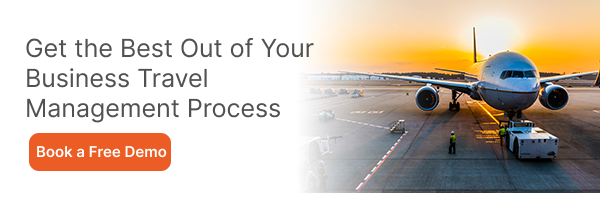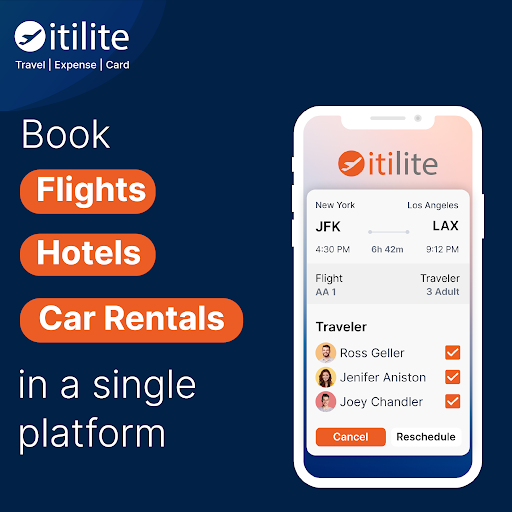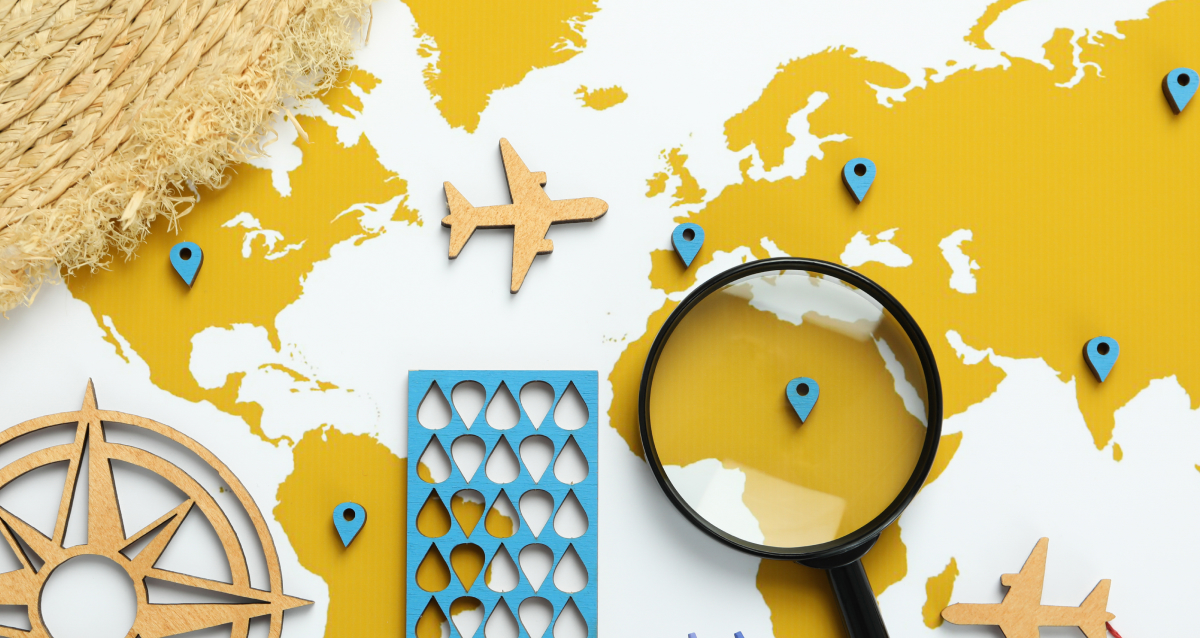
MICE travel is an acronym for Meetings, Incentives, Conferences, and Exhibitions/Events in business tourism. It involves planning and executing corporate gatherings, from intimate meetings and conferences to large-scale exhibitions and incentive travel programs.
It contributes significantly to the global travel industry and catalyzes business development and innovation. This blog delves deep into what MICE travel is, its challenges, and its solutions.
What is MICE Travel?
It aims to facilitate business interactions, knowledge exchange, and employee motivation. It provides a platform for networking, learning, and showcasing products or services.
Meetings: These are organized gatherings where individuals convene for discussions, updates, and collaborative sessions. These events foster communication, idea exchange, and decision-making among participants. For example, a weekly team meeting in a corporate setting ensures alignment on project goals and allows team members to share progress and challenges.
Incentives: Incentives involve travel experiences provided by companies to motivate or reward employees. Often part of recognition programs, these travel incentives aim to boost morale. An example is an all-expenses-paid trip for top-performing sales representatives as a reward for exceeding targets and fostering a culture of excellence.
Conferences: These are larger-scale events that bring together professionals within a specific industry or field. They are platforms for discussing industry trends, sharing knowledge, and networking. An example is an annual technology conference where experts discuss emerging technologies, exchange ideas, and build partnerships.
Exhibitions/Events: Exhibitions/Events involve showcasing products, services, or ideas to a targeted audience. Organized as trade shows, these events allow businesses to engage with potential clients. An example is a technology expo where companies showcase their latest products, connect with industry professionals, and demonstrate innovative solutions, contributing to business growth and visibility.
Challenges of MICE Travel
1. Logistics and Coordination:
Coordinating complex logistics for large-scale events can be challenging. Managing transportation, accommodation, and scheduling for numerous participants requires meticulous planning to ensure a smooth experience.
2. Budget Constraints:
MICE events often involve significant expenses. Meeting budget constraints while delivering a high-quality experience can be challenging. Negotiating cost-effective contracts with venues and suppliers becomes crucial for financial viability.
3. Global Coordination:
International MICE events face additional challenges, including visa requirements, varying regulations, and cultural differences. Coordinating participants from different countries requires careful consideration of diverse needs and expectations.
4. Technology Integration:
Incorporating and managing technology seamlessly is crucial for MICE events. Issues such as connectivity, event apps, and virtual participation demand attention to ensure a technologically advanced and inclusive experience.
5. Risk Management:
Unexpected events, such as natural disasters or health emergencies, pose significant challenges to travel. Implementing robust travel risk management plans is essential to address potential disruptions and ensure participant safety.
6. Attendee Engagement:
Sustaining attendee engagement throughout lengthy conferences or exhibitions can be demanding. Event organizers must design compelling programs, incorporate interactive elements, and offer diverse content to keep participants actively involved.
7. Sustainability Concerns:
MICE events contribute to environmental impact through travel, accommodations, and resource consumption. Balancing the need for large-scale events with sustainability goals requires strategic planning and eco-friendly initiatives.
8. Security and Safety:
Ensuring the security and safety of participants is paramount. MICE events may attract attention, making them potential targets for security threats. Implementing comprehensive security measures is crucial to safeguard attendees and assets.
9. Post-Event Evaluation:
Assessing the success of MICE events involves post-event evaluations. Gathering feedback, analyzing data, and measuring the event’s impact on business objectives can be challenging but is essential for continuous improvement.
Ideal Solutions
1. Integrated Event Management Platforms:
Invest in advanced event management platforms that consolidate all aspects of travel, including logistics, attendee registration, and communication channels. These platforms provide a centralized hub for real-time updates, participant information, and seamless coordination among multiple stakeholders, enhancing efficiency and minimizing potential logistical challenges.
2. Strategic Budget Planning
Develop a meticulous budget plan that comprehensively outlines all expenses associated with MICE events. Engage in strategic negotiations with vendors to secure favorable rates without compromising on the quality of services. Explore cost-saving measures, such as bulk bookings or partnerships, to ensure financial viability and adherence to budget constraints.
3. Global Collaboration Tools:
Leverage state-of-the-art collaboration tools and virtual meeting platforms to facilitate seamless global communication. These tools should accommodate diverse time zones, provide multilingual support, and offer clear channels for international coordination. By fostering effective collaboration, global MICE events can overcome geographical barriers and enhance efficiency.
4. Technological Innovation:
Embrace technological innovation to elevate the attendee experience during MICE events. Incorporate interactive event apps that facilitate engagement, virtual components for remote participants, and cutting-edge event technologies such as augmented reality or live streaming. Staying abreast of technological trends ensures that MICE events remain dynamic, engaging, and technologically relevant.
5. Comprehensive Risk Management:
Develop and implement a comprehensive risk management plan that addresses various potential disruptions during travel. This plan should encompass health and safety protocols, emergency response procedures, and contingency plans. By proactively identifying and mitigating risks, event organizers can ensure the safety and well-being of participants, as well as the smooth execution of the event despite unexpected challenges.
6. Sustainable Event Practices:
In sustainable event practices, a comprehensive approach involves eco-friendly venue selection, waste reduction initiatives, carbon offset programs, and an emphasis on responsible travel. These strategies collectively minimize environmental impact and foster a commitment to sustainability within MICE events.
7. Data-Driven Insights:
Leverage data analytics for comprehensive post-event assessments. Conduct participant surveys to gauge satisfaction, analyze attendee behavior to understand engagement patterns, and measure the event’s impact on key business objectives. This data-driven approach provides actionable insights, guiding future planning and ensuring a continuous improvement cycle for subsequent events.
How Itilite Streamlines MICE Travel?
I hope I’ve answered your question, “What is MICE travel?”. If you’re looking to optimize it, look no further. Itilite optimizes travel with its integrated platform, offering efficient coordination, real-time updates, and cost optimization. It enhances the attendee experience, ensuring seamless logistics and data-driven insights for continuous improvement.
If you want to know more about this top-notch offering, contact the itilite team. Schedule a free demo with us.














 and then
and then